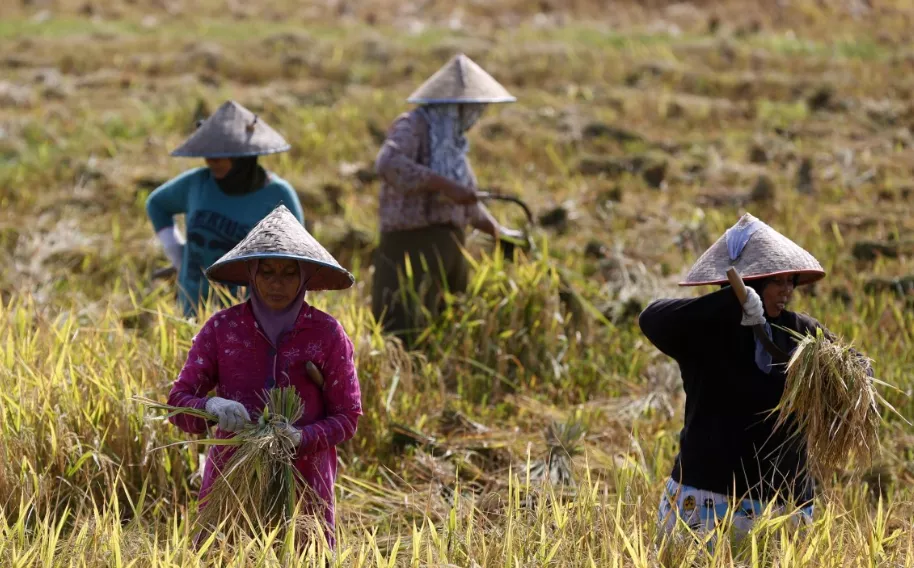
China is currently enduring an unprecedented heatwave, with some of the highest temperatures ever recorded above 40° latitude worldwide. On this scorching day, Mangxiaohu registered an extraordinary 50.7°C, making it the 2nd hottest day globally for locations above 40° latitude. Other extreme temperatures included 50.2°C in Gaochang and a brutal new all-time high of 48.7°C in Turpan Dongkan.
These brutal heat conditions persist around the clock, featuring heat indexes soaring to 60°C and oppressive hot, humid nights with minimum temperatures reaching as high as 34°C. The continuous heat severely impacts health, agriculture, and infrastructure, placing enormous stress on vulnerable communities.
Numerous locations shattered records for the hottest nights, including:
- 32.6°C minimum in Chibi (Hubei Province)
- 32.0°C minimum in Yueyang (Hunan Province)
Heat indexes remain dangerously high, exceeding 50°C even overnight, prolonging the risks associated with heat stress.
Meteorologist Jim (@yangyubin1998) reported extreme temperatures such as 42.7°C at Tiancheng. In total, 27 stations across China broke their July temperature records, including Langzhong, Cangxi, Jingyan, Qianwei, and Pengshan. Particularly notable was Yingjing’s all-time record of 37.6°C, and in Shaanxi Province, 14 stations surpassed their all-time highs, highlighted by a provincial record of 42.8°C at Xingping (not related to the politician Xi Jinping).
The heatwave also triggered a cascade of monthly records with 41.9°C in Xingping and 41.0°C in Zhouzhi. Even Mongolia saw unusual heat extremes, with minimum temperatures around 28°C at 1300 meters elevation and tropical nights at 2500 meters, unprecedented for such altitudes.
This exceptional heatwave underscores the intensifying impact of climate change in Asia, pushing temperature records to new extremes and posing severe challenges to public health, agriculture, and energy systems.

Illustration picture: https://www.scmp.com/opinion/asia-opinion/article/3260404/southeast-asias-heatwaves-threaten-food-security-how-can-nations-adapt


























